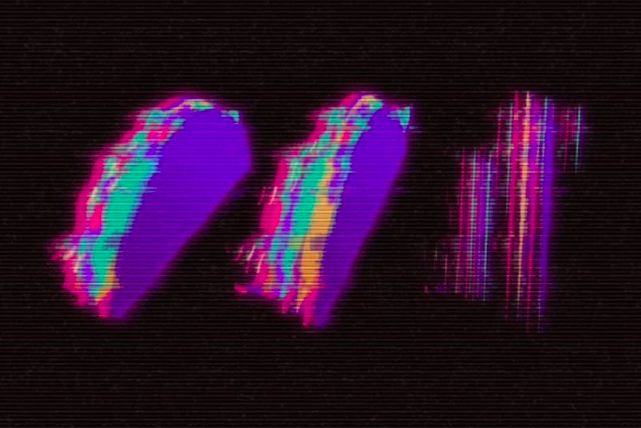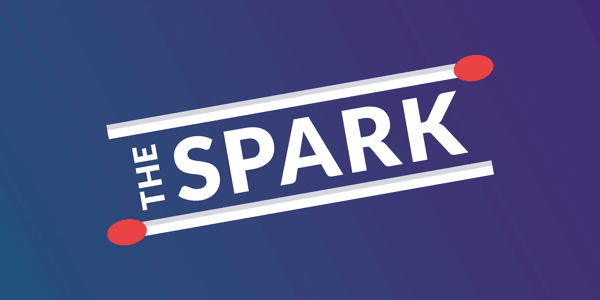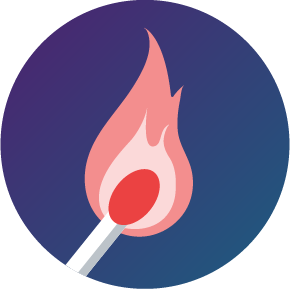Been There, Redd-itThis story on Reddit (surprisingly) isn’t about r/WallStreetBets. The company just announced its first enterprise partnership with the Omnicom Media Group (OMD). Omnicom agencies will have access to Reddit’s internal creative team and training tools, plus priority to test new ad products in a major move to connect the former black sheep of social media to the larger world of mainstream brand marketing.
Reddit and OMD go way back, working together to establish Reddit’s brand safety initiatives and other ad programs as the platform has been developing new products, technology, and other creative services for brands.
Combining Reddit’s commitment to brand safety and its newly provisioned partnership with Omnicom, it’s clear the platform is aiming to become a more legitimate contender in the ad spend arena. So, if you haven’t considered running ads on Reddit due to its unwieldy nature, take this as a sign “the front page of the internet” is on its way to becoming more marketer friendly.
TL;DR: Reddit announced its first enterprise partnership with Omnicom Media Group to deepen its commitment to brand safety and expand advertising capabilities to brand marketers.
Exclusive, ExclusiveThe world’s most exclusive audio-only club just got … wait for it … more exclusive. That’s right, the iPhone- and invite-only app Clubhouse is launching a Creator First accelerator program aimed at boosting its creator community with a variety of support options. The lucky group of broadcasters will receive financial support and app expertise to help grow their reach and become, in a sense, Clubhouse’s in-house influencers. If you think you’ve got what it takes to be the ultimate Clubhouse host, you have until March 31, 2021 to apply.
And if the idea of hosting doesn’t get your wheels spinning, don’t worry, the app has something up else its sleeve for brands. Through the Creator First program, Clubhouse promises to match broadcasters with relevant brands for sponsorship opportunities. At the end of the day, it all boils down to monetization — whichever platform creates the best incentives for brands and creators alike will rise to the top of the newly developed social audio world. With a strong creator program and more opportunities for brands to engage with Clubhouse users, the app’s revenue growth and expansion is likely to follow suit. Here’s to hoping that access to advertising in the Clubs isn’t as exclusive as all other things Clubhouse-related.
TL;DR: Clubhouse is launching its Creator First accelerator program designed to support a select group of in-house influencers through expertise, financial support, and sponsorship opportunities.
Less Is MoreAs marketers, we’re in constant pursuit of striking the balance between inserting our brand into audience’s lives just enough that it’s recognizable and intriguing — but not too much that it’s annoying and disruptive. A recent study from audience targeting firm GWI and researcher WARC underpins just how important it is to find this sweet spot.
Lately, several digital platforms have been working tirelessly to improve their brand safety measures. But the research revealed that more than half of surveyed consumers perceive negative ad placement as less detrimental to a brand’s image than ad overload. And when asked what word they would use to describe ads they typically see, more than a third of respondents agreed there's only one word for it: excessive.
As many of us spend more time in front of screens than ever before, it’s important for marketers to be conscious of bombarding users with too many ads across TV, social media, and the web. Because as patience for advertising wears thin, it’s never been more clear that more does not equal better.
TL;DR: A recent study found consumers are less likely to have a negative perception of brands whose ads appear near questionable content than brands that overwhelm them with ads.
What Lit Us Up
NFT ... WTH?Imagine paying millions for a … JPG file? That’s exactly what happened at Christie’s when a piece of digital art sold for $69 million. Now, digital taco art from Taco Bell is selling for over $180,000, and the question in everyone’s Slack channel is “what the heck is an NFT?!”
NFT stands for “non-fungible token,” which basically means that it’s a digital certificate of authenticity. Unlike fungible tokens, like cryptocurrencies, NFTs have a unique digital stamp and can’t be forged.
So, naturally, Taco Bell created five pieces of digital art inspired by tacos, turned them into NFTs, and sold them on an online marketplace for $2. Now, it’s being resold for over $187,000. Why, you ask? Part of what makes NFTs collectible is that the owner has the rights to resell, distribute, or license the digital asset as they please (unless the NFT creator programs limitations in the token’s code for how it gets used — a great safety measure for brands). Because the technology allows the source to be tracked from buyer to buyer, the original creator (Taco Bell, in this case) gets a cut every time it’s resold.
Once you wrap your head around this untraditional technology, you’ll find brands can get involved in the NFT world in several fun and easy ways. Marketers could create and sell digital art à la Taco Bell. JPEGs, GIFs, videos, or any other unique digital asset (even Tweets) can become one. And because NFTs have a unique digital stamp, it means they can’t be forged or copied, introducing a new level of security to a brand’s online property. From rewards to redemption certificates to other digital goods, brands have a fresh opportunity to get creative and use these tokens to engage with consumers — though we can’t promise your company’s tweet will sell for millions.
TL;DR: Taco Bell’s NFT campaign demonstrates a new way brands can utilize non-fungible tokens to engage with consumers. (Was this email forwarded to you? Sign up here.)
|
-1.png?upscale=true&width=346&upscale=true&name=Tier%20One%20logo_color%20(1)-1.png)


